February 2017
Rail News: Mechanical
Commentary: If things are so bad in the rail-car leasing industry, why are so many jumping in?

The last year and a half hasn’t been very kind to rail-car fleets or their owners, particularly the leased fleets. Carload volumes have been depressed in most market segments. Lessees have been returning cars. Fleet surpluses have jumped to levels not seen since the Great Recession. Cars are stored everywhere. And in too many cases, the best thing lessors can say about a lease rate is that they actually have one. Almost every metric you can look at to gauge rail equipment industry health has been challenged.
So why have rail cars been so attractive to investors over the past couple of years? And why are the values of used rail cars as high as they are?
The simple answers are that rail cars retain their values over time better than most people realize, long-term rail fundamentals are strong, and there are a lot of investors that want to take advantage of it.
Currently, the North American fleet totals a little over 1.6 million rail cars, of which about 850,000 are owned by leasing companies. There is an active secondary market for used rail cars sold among leasing companies.
In the past, a new investor or two might enter the market every few years. Or one lessor might acquire another. But the pace of entry and exit into the rail equipment marketplace has increased significantly over the past three years. From 2014 through 2016, almost one-third of all rail cars owned by leasing companies changed ownership! While some existing leasing companies got bigger, more than 10 new ones launched during this period — collectively, they have a lessor ownership share that is approaching 10 percent of the market. Meanwhile, at least eight existing lessors divested their fleets and exited the market.
Outlook for 2017: It’s fairly positive
There are a lot of reasons companies enter or exit the market. Most of the lessors that elected to exit in recent years did so because it was time and the price was right. However, for a couple of these companies, there also were strategic considerations in their decisions to divest. In addition, most lessors routinely sell assets in an effort to make a profit on longer held assets or to readjust their portfolios.
On the investor side, the rationales are a little more varied. Some of the larger strategic players have decided to double-down and have been aggressive buyers of rail cars. Other smaller players are acquiring for scale, and leveraging their market presence and expertise.
As for the new market entrants, the main rationale has been a desire to find a new asset class in which to deploy capital. Some are already in the equipment leasing business and rail cars are just a new asset type. For others, however, the motivation is to invest in a new operating platform that will provide earning diversification that either complements, or hedges against, their other portfolio companies.
The one thing all the players have in common is their positive long-term outlook for rail equipment. New investors quickly learn what the existing players already know: that despite the inevitable market fluctuations, rail cars are long-lived assets that are relatively easy to remarket, compared with other assets classes; have a large, reliable and creditworthy customer base; and over the long run provide good returns and retain their market values.
Rail equipment values historically have been strong, mainly due to the attractive earnings and cash flow these assets generate, and the long-term stability of the markets they serve. While some may view the addition of new investors as a threat to their established market positions, the new players are actually their secondary market customers and provide a valuable outlet for larger fleet owners to monetize portions of their fleets.
Going forward, these newer lessors will continue to grow their fleets. Equipment values will probably remain higher than if there weren’t as robust a new owner class as there is today. The market outlook for 2017 is fairly positive vs. 2016, so many of the fleet metrics will improve and help close the gap between fleet earnings performance and equipment values. And some of these new lessors/buyers actually may be sellers in the next consolidation cycle.
Richard Kloster is senior vice president and chief commercial officer of AllTranstek LLC, a private transportation consulting company that provides fleet management, technical and strategic consulting to the rail industry. In conjunction with FTR Intel, Dick forecasts the rail equipment markets for a broad client base.

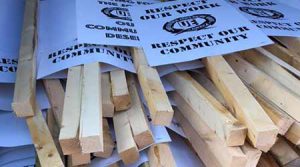
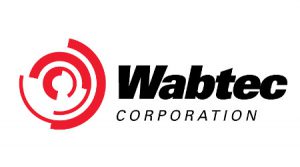
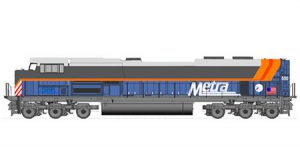

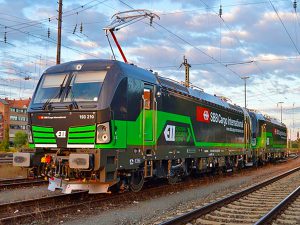
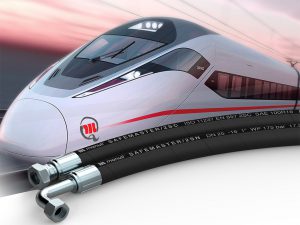


Be First to Comment